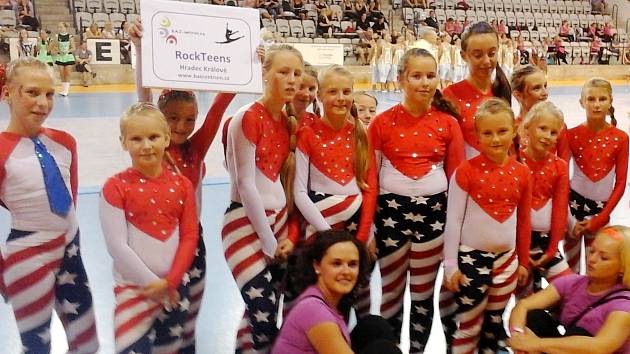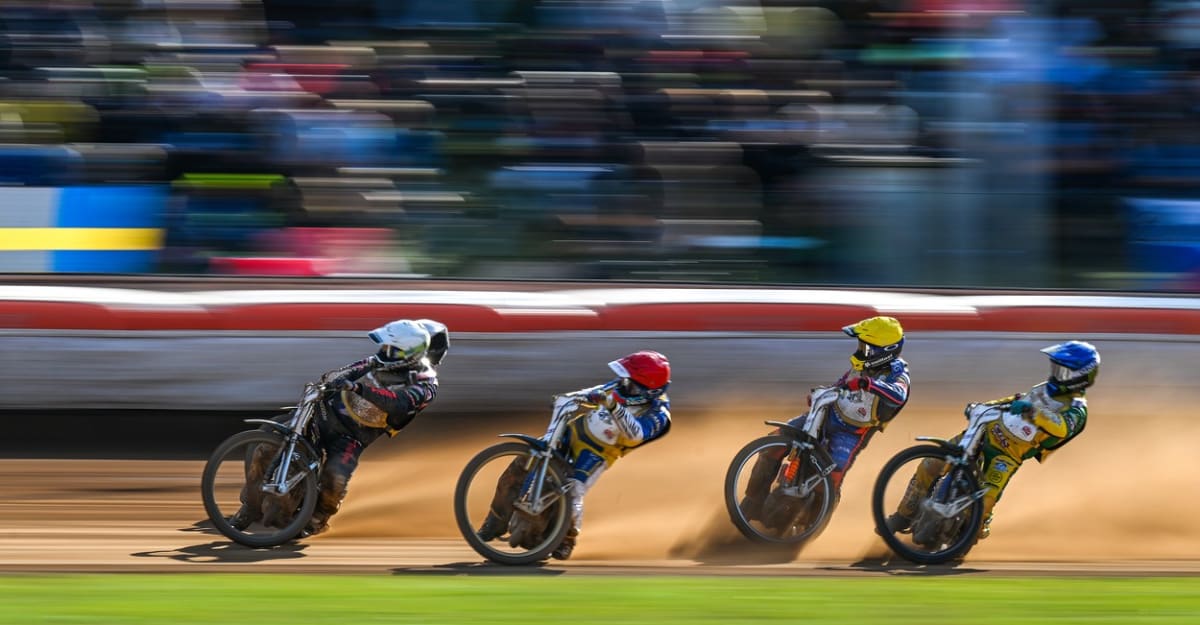The London Borough of Brent with its neighborhoods of Wembley Park and Wembley in the north-west of the city is what is known as a multicultural neighborhood. A minority of 46% of whites now face a colorful mix of Asians, Blacks and Chinese. Seen from this angle, the location of Wembley Stadium, which will be the scene of the European Championship final between England and Italy on Sunday and will envelop the neighborhood in a sea of white and red colors, n ‘ is not so badly chosen, the famous arena was not only considered sporting Has always been a melting pot of cultures and nations. Strictly speaking, this is what we could still see 20 years ago.
Historically, the new 90,000-seat football stadium, which has risen above the Brent Canyons since 2007, bears little resemblance to the social and sporting heyday that gave ‘Wembley’ its famous and ever-familiar sound. . Until the first excavators started working here at the turn of the millennium, the facades, towers and bleachers of the so-called British Empire Exhibition Stadium with the impressive Twin Towers, later called Old Wembley, shaped the urban landscape. Just three days after the opening, the FA Cup final between the Bolton Wanderers and West Ham United was the first competitive football match (in the presence of King George V) on May 28, 1923. It was only after that ranks designed for “only” 127,000 fans were overtaken by more than twice as many people as the final nearly turned disaster.
In order to repel the masses that flooded the edge of the land, a cordon of police had to be formed along the demarcation line. As reported by the “Wiener Sporttagblatt”, it has come to unheard-of scenes. Among other things, an official’s helmet was torn from his head and later turned into a “beer mug” by the victorious fans. The pressure from the masses was so strong that the mounted police were called for help in vain. A photo showing overworked official George Scorey on his white horse Billy in the middle of the crowd circled the world – and the game then made history as the “white horse final”. Today, the “White Horse Bridge” at Wembley still recalls this event. The fact that the game could start 45 minutes late – Bolton won 2-0 – did not detract from the mood but sparked a heated debate in the UK Parliament over security measures and access restrictions .
Colonial and Olympic
The next event, for which the British Empire Exhibition Stadium was built, was much more civilized. What multicultural things to look for in the streets of Brent around this time, visitors found on the occasion of the opening of the British Empire Exhibition on April 23, 1924 by English King George V near the ‘arena – a gigantic, the 58 countries of the British Empire (with the exception of Gambia and Gibraltar) representing a colonial exhibition, which with 27 million guests (and costs amounting to 12 million books) eclipsed anything the world had seen at the time. There wasn’t much left of the buildings, only the steel palace of technology and the government pavilion were to remain until the 1970s.
In the shadow of rusty steel domes, the Wembley site is increasingly mutated the UK sports and events venue. In addition to national and international football matches, multi-day sports tournaments, such as the British Empire Games and the Olympics, were quickly staged in the area, which was expanded and modernized in 1934. Indeed , the Summer Games, which had been awarded to London in June 1939, a few weeks before the outbreak of World War II, should have been held at Wembley in mid-1944, were postponed to 1948.
After Wembley Arena was miraculously unharmed – a misfire was last discovered a few hundred yards from the oval in 2015 – the Summer Olympics opened on July 29, 1948, which were called the ” Deprivation games “because of the post-war shortage management entered the annals of sport, nothing more. An Olympic village did not exist. Many athletes stayed in barracks, barracks and hostels, and they also had to bring their food with them. While the losers of the war, Germany and Japan, were excluded from the participation, Austria traveled to Wembley with a delegation of 147 people and won one of the best Olympic results with a medal of gold and three bronze medals.
Wembley-Toni, Wembley-Tor
If you ask (domestic) sports fans about their associations with Wembley, two main events are mentioned here: The Austrian national team’s sensational 3-2 victory over England on October 20, 1965, when fast player Toni Fritsch became immortal with two goals scored and was subsequently called “Wembley-Toni”. A return to Wembley the following year only was denied to kickers after they missed a World Cup qualifier for the first time in the team’s history. The second major event at Wembley, the World Cup final between Germany and England on July 30, 1966, turned out to be a much-discussed major event in that country, even without any red-white-red participation. . To this day, the question of whether the ball jumped the goal line into von Geoff Hurst’s goal to make it 3-2 or not, is still divided.
But there were many other historical highlights that captivated audiences of millions of people around the world: for example the Live Aid concert for Africa in 1985 or the European Championship in 1996, when Germany won. beat the Czech Republic 2-1 in the final. Six years later, when the wrecking ball arrived, good old Wembley was history – once called by Pelé the “cathedral of football”. Today a new stadium adorned with a 133-meter-high arch stands in the square where history was once so often made. Colossus. The time of empire is finally over, only multicultural vestiges remain.

“Total travelaholic. Subtly charming zombie geek. Friend of animals everywhere. Music buff. Explorer. Tv junkie.”







